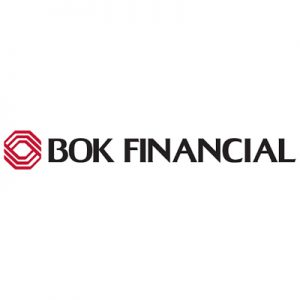2020 may be behind us, but the year’s historic economic shocks and financial market volatility will leave a lasting impact on our business markets and balance sheets. As we strategize for the future, the importance of a dynamic and scenario-driven ALCO decision-making process is abundantly clear — especially given it may be harder than ever to predict the path ahead and thus your bank’s performance.
Marginal Momentum
Net interest margin (NIM) is, of course, a key performance metric, especially for community banks. Although NIM compression is not a new topic, banks overall had experienced margin improvement during the 2016–18 FOMC tightening cycle. This was a welcome change from the years of near-zero rates and flat margins. The industry’s overall asset sensitivity was on full display as margins peaked to end 2018.
However, looking back at industry trends, banks’ asset sensitivity increased over that period. The opposite tends to occur as well — when rates are low, the thinking is they must go higher, but when rates move higher, no one wants to catch that falling knife. An important takeaway is long-term margin performance suffers from these trends. When margins are improving, more should be done to reduce asset sensitivity and protect margin. The pandemic’s effects have been substantial, but any shift in Fed policy to lower rates can swiftly change a bank’s margin position.
Swirling Tailwinds
The good news first — it appears as if margins have stabilized a bit and despite margin pressures, 2020 income was strong. While the Fed has indicated a zero-bound target rate through 2023, the curve has steepened a bit, improving asset yields. The Fed’s bond-buying spurred significant housing market activity, refinancing and the related fee income. The government’s programs to stimulate consumer spending and help small businesses have improved economic activity, also boosting fee income.
Now to challenges ahead — the efforts above led to substantial consumer savings, increased business cash positions, and delivered a surge in bank deposits. Consumer spending isn’t likely to overshoot, and small business optimism has weakened significantly. Other than PPP lending, consumer and commercial lending has declined, as have overall loan portfolios. Loan-to-deposit ratios have dropped significantly, and legacy assets continue to reprice or roll-off all together.
Excess cash build appears to be the most pressing issue. Collective actions have significantly reduced major credit issues, but earnings pressures are mounting. Without participation in new or refinance mortgage origination and if non-interest income isn’t a significant driver of performance, both margin and income levels will likely struggle in 2021 and beyond.
An ALCO Call to Action
As we move forward, it is key to work through balance sheet scenarios and incrementally improve margin wherever possible. As we see it, there are three hypothetical scenarios to play out:
- Scenario 1: Status quo, keep excess cash — this is likely the worst outcome, as NIM shrinks and income declines.
- Scenario 2: Shrink the balance sheet, reduce deposits, improve NIM as a ratio — in this scenario, net income would marginally increase, but sub-optimally.
- Scenario 3: Deploy excess cash in the loans or securities, incrementally improve NIM — bottom-line net income optimized versus shrinking scenario; plus size and increased capital can maximize future opportunities.
BOK Financial. Contact us at 866.440.6515.
The opinions expressed herein reflect the judgment of the author(s) at this date, are subject to change without notice, and are not a complete analysis of any sector, industry, or security. The content provided herein does not constitute advice or a recommendation or offer to sell or a solicitation to deal in any security or financial product. It is provided for information purposes only and on the understanding that the recipient has sufficient knowledge and experience to be able to understand and make their own evaluation of the proposals and services described herein, any risks associated therewith and any related legal, tax, accounting or other material considerations. Recipients should not rely on this material in making any future investment decision. To the extent that the reader has any questions regarding the applicability of any specific issue discussed above to their specific portfolio or situation, you are encouraged to consult with a qualified lawyer, accountant, or financial professional.









